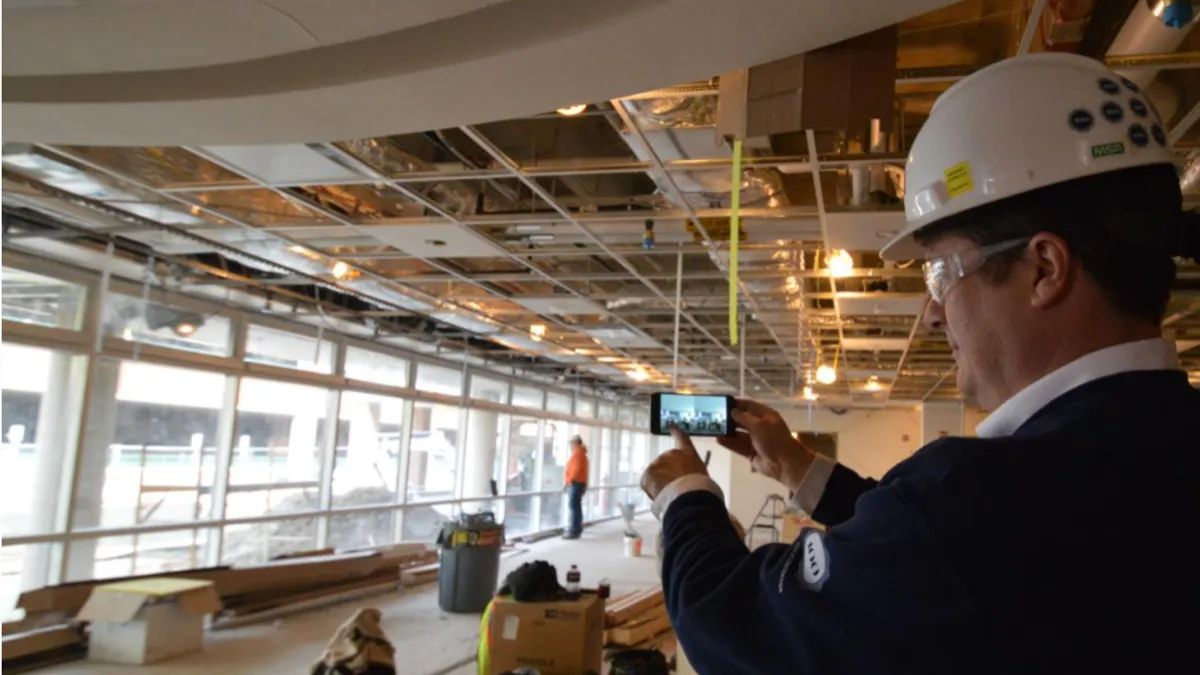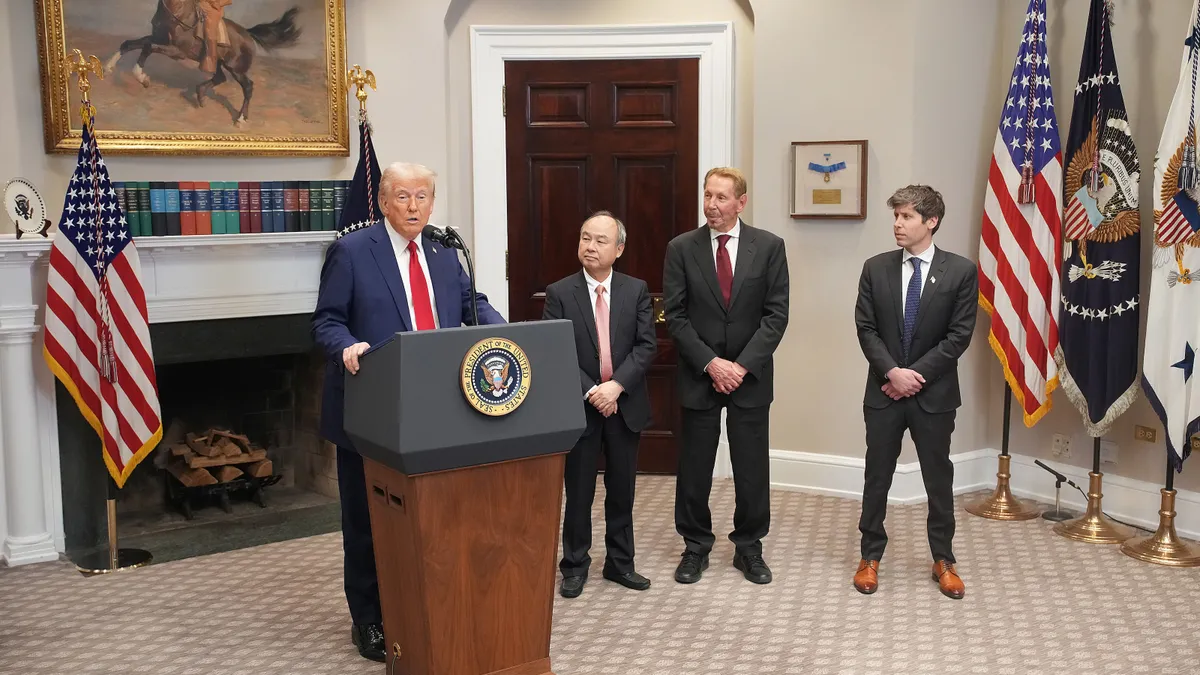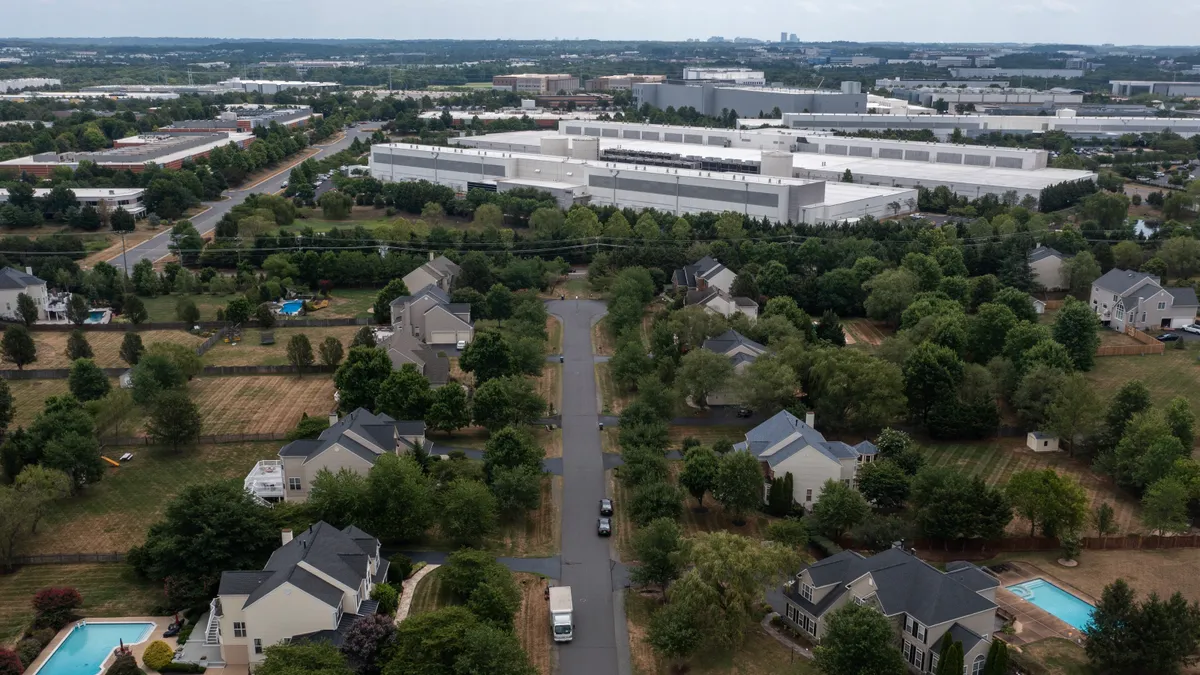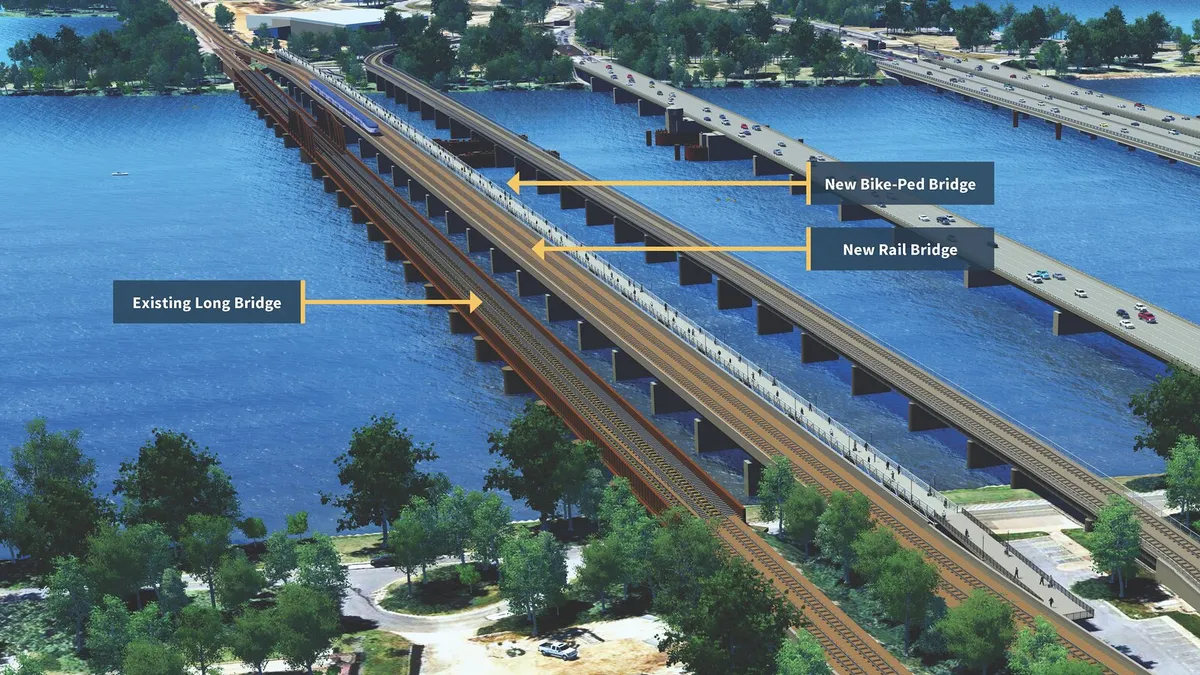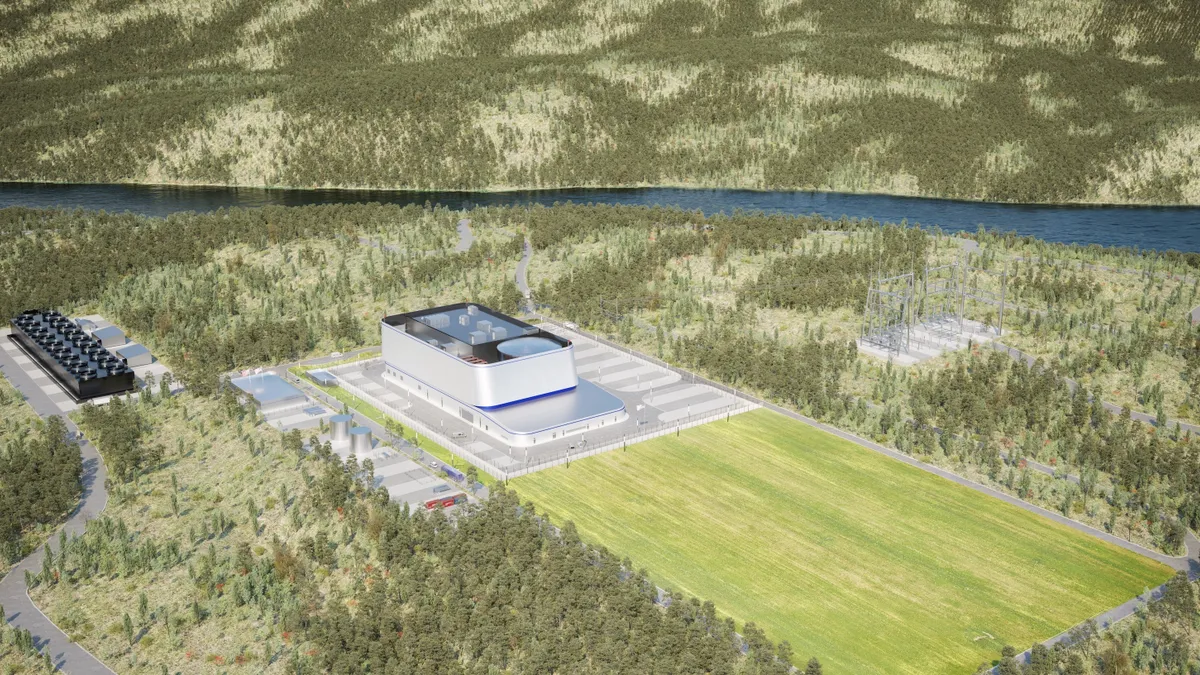DENVER—Poor company culture comes at a cost to contractors’ pocketbooks and projects, said two speakers at the Associated General Contractors of America’s convention last week, and the onus is on leadership to steer culture in a direction that motivates talent and fosters innovation on the jobsite.
Only one-third of workers like their jobs, according to Gallup research cited in the presentation, while 51% are disengaged at work and 16% are actively disengaged. That’s a considerable pool of workers who may be exerting a drag on corporate culture, said Matt Steere, a construction strategist at Autodesk. Yet those individuals may still be passionate about the industry at their core.
Construction leaders tend to have a good idea of which employees might be slipping into disinterest, however. Those managers, and even those less aware, have the opportunity to counter this issue through fostering an environment that stimulates and inspires them to innovate their workflows, he added.
The vocabulary of change
Developing this kind of environment, according to Aaron Phillips, virtual design and construction director at Danis Building Construction Co., requires something that seasoned superintendents and foremen are either skeptical of or completely averse to: change. An architect by background, he was brought on to launch the VDC group in 2013, and found that an entirely different vocabulary was needed to get buy-in across the Dayton, Ohio-based firm.
“I was already a moving target as an architect,” Phillips joked, and discussion of “fundamentally changing” or “revolutionizing design and construction” through digitization did nothing other than put superintendents and foremen on the defensive.
He took a step back to examine what the existing culture looked like — what reporting processes were taking place; what typical interactions with subcontractors, the design team and owner were common; and how resources and lessons learned were being exchanged.
Instead of slapping hands for using paper or spreadsheets, the VDC team had to acknowledge that busy supers and project managers “were trying to do what was right for the project and get it done in a timely fashion,” Phillips said. He was careful to emphasize that cultural changes would focus on removing roadblocks to these processes and simply help them do their jobs better.
“I actually had to change the way I talked about it," Phillips said. "We’re going to modify, we’re going to tweak, we’re going to enhance what we do ... [and] make it more efficient."
Innovation from the bottom up
This dynamic was key to a partnership between Danis and Autodesk that was centered on smoothing communications between the design and construction teams. It never involved top-down mandates to field workers, said Phillips. “We have never walked onto a project and said, ‘thou shall do this’ from a technology standpoint,” he said. Instead, his group went to jobsites to ask teams what they’d like to save time on, hand them an iPad or other tools and encourage low-stakes sandbox experimentation.
It was important to “let them dictate the value of that technology and innovation and then provide feedback to you,” Phillips said, “and then we would adopt and adapt to their needs moving forward.” The implementation began to pick up steam on its own as employees observed their colleagues using technology to save time and wanted to go for the same results in their workflow.
“As long as you’re supporting that pace and wanting to move as fast as they want to move, you will be successful,” he said, adding that culture must lead the way to allow workers to see technology implementation as bringing value, not adding a burden.
A case study proves competitive advantage
On an eight-story tower addition to Dayton Children’s Hospital, a $140 million project that kicked off in 2013 and lasted 48 months, Danis rolled out Autodesk’s BIM 360 Field management software as well as BIM 360 Glue for constructability reviews. As part of the partnership, Autodesk helped “grease the wheels” to facilitate an exchange of information between design, construction and the owner, Phillips said.
Proactive communication “proved to the owner that we were serious about meeting their needs,” he said, and there to support them for the long term. It was also Danis’ first step toward true project digitization, he added, though still not fully paperless — which he suggests is unrealistic.
The contractor was focused on “getting more iPads out into the hands of the superintendents [and] foremen” for quicker access to information and to move them away from clipboards, the director said. Working within BIM programs allowed the team to do VR directly from the model as well as laser scanning, prefabrication and more.
It pushed some field workers out of their comfort zone, naturally, by requiring an exchange of information that contractors would typically be protective of. To the workers nervous about exposing too much to their project partners, Phillips suggested that “competitive advantage does not lie in what we have done — it lies in what we are capable of doing.”
Anyone can reverse-engineer what Danis has produced and maybe even be successful with it, he said, but “I’m looking at the next thing our people are capable of doing.” It’s in people and the culture that empowers them that competitive advantage lies, according to Phillips.


